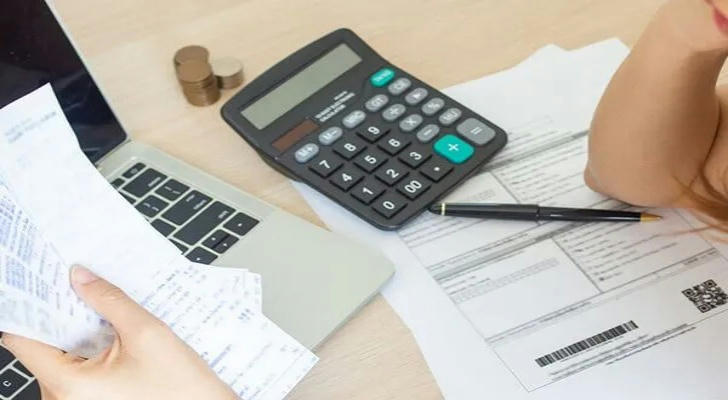Debt Consolidation Made Simple: Is It Right for You?
Debt happens. Between credit cards, medical bills, student loans, and car payments, it’s easy to lose track. Suddenly, you’re juggling multiple due dates and high interest charges. That’s where debt consolidation comes in — a way to make things easier to manage.
But what exactly is it? And is it the right move for your situation? Let’s break it down in simple terms, with real data and steps you can actually use.

What Is Debt Consolidation?
Debt consolidation means combining several debts into one. Instead of making five or six payments each month, you make just one. Often, it also means paying a lower interest rate.
Here are the common types:
Personal loans: You borrow money to pay off other debts, then repay that new loan over time.
Balance transfer cards: Move your credit card balances to a single card — some offer low intro rates for a set time.
Home equity loans: Use the value in your home to pay down debt (if you’re a homeowner).
Debt management plans: Offered by certified credit counselors who work with lenders to build a structured plan.
Important: This doesn't erase debt — it just helps organize it.
Why People Consider It
According to the Federal Reserve’s 2024 Economic Well-Being Report, about 30% of Americans carry a credit card balance each month. And Experian’s data shows average credit card interest rates in 2025 were around 20% or higher.
That adds up quickly. Consolidation can help by:
Reducing the number of payments
Potentially lowering interest costs
Making monthly budgeting easier
Reducing the chances of missed payments or late fees
A Real-Life Example
Take Sarah, a retail manager from Texas. She had four credit cards, all with different due dates and high interest. She used a personal loan to consolidate them into one monthly payment. With a fixed rate and a set timeline, she found it easier to stay on track.
She didn’t pay less overnight — but she stopped falling behind, and her credit score slowly started improving. That’s what consolidation is about: structure, not shortcuts.
How to Get Started — Step by Step
Step 1: Know What You Owe
List all your debts: balance, due date, interest rate, and monthly payment. This gives you a full picture.
Step 2: Check Your Credit Score
Your credit score affects what kind of consolidation options you qualify for. According to FICO, the average score in the U.S. is about 718. A higher score can lead to better loan terms.
Step 3: Compare Your Options
Look at personal loans, balance transfer cards, or talk to a credit counselor. Consider:
Interest rates
Loan term (how many months)
Fees (application, origination, etc.)
Monthly payment amount
Step 4: Apply and Use the Funds
If approved, use the money to pay off your other debts. Some lenders send payments directly to your creditors; others give you the funds to do it yourself.
Step 5: Stick to the Plan
Make on-time payments. Avoid adding new debt. If you keep spending like before, you could end up in the same spot again.

Who Might Benefit Most
Debt consolidation can help if:
You have multiple high-interest debts
You want fewer monthly bills
You have steady income to make regular payments
You’re ready to stick to a plan
When It Might Not Be a Good Fit
It may not be right if:
You can’t qualify for a better rate than you already have
Your credit score is too low to get a decent loan
Your income is unstable
Most of your debt is federal student loans, which have special repayment options
Also, if you keep using credit cards after consolidating, it can undo any progress you’ve made.
Pros and Cons at a Glance
| Pros | Cons |
|---|---|
| One monthly payment | May come with fees |
| Can simplify budgeting | Doesn’t reduce total debt |
| May lower interest | Requires strong money habits |
| Could improve credit over time | New loan adds to total credit profile |

What If It’s Not Right for You?
If consolidation doesn’t work for your situation, here are other ways to manage debt:
Debt snowball: Pay off your smallest debt first for motivation
Debt avalanche: Focus on the highest interest debt to save more
Credit counseling: Talk to a nonprofit agency for personalized help
Budgeting tools: Apps or spreadsheets can help you control spending
Final Takeaway
Debt consolidation isn’t magic. But for the right person, it can turn a confusing mess into a manageable monthly plan.
The key? Stay focused. Know what you owe. Make a plan. And follow through.
Because getting out of debt doesn’t start with a shortcut — it starts with clarity.
